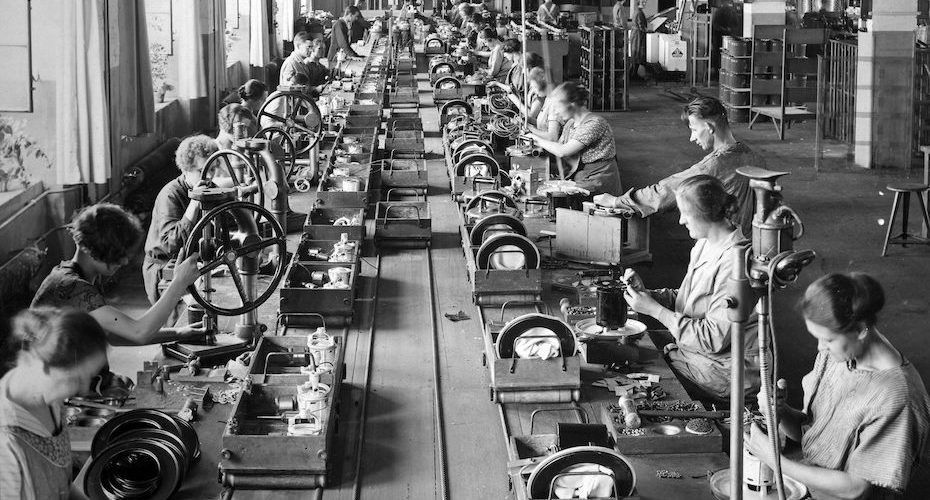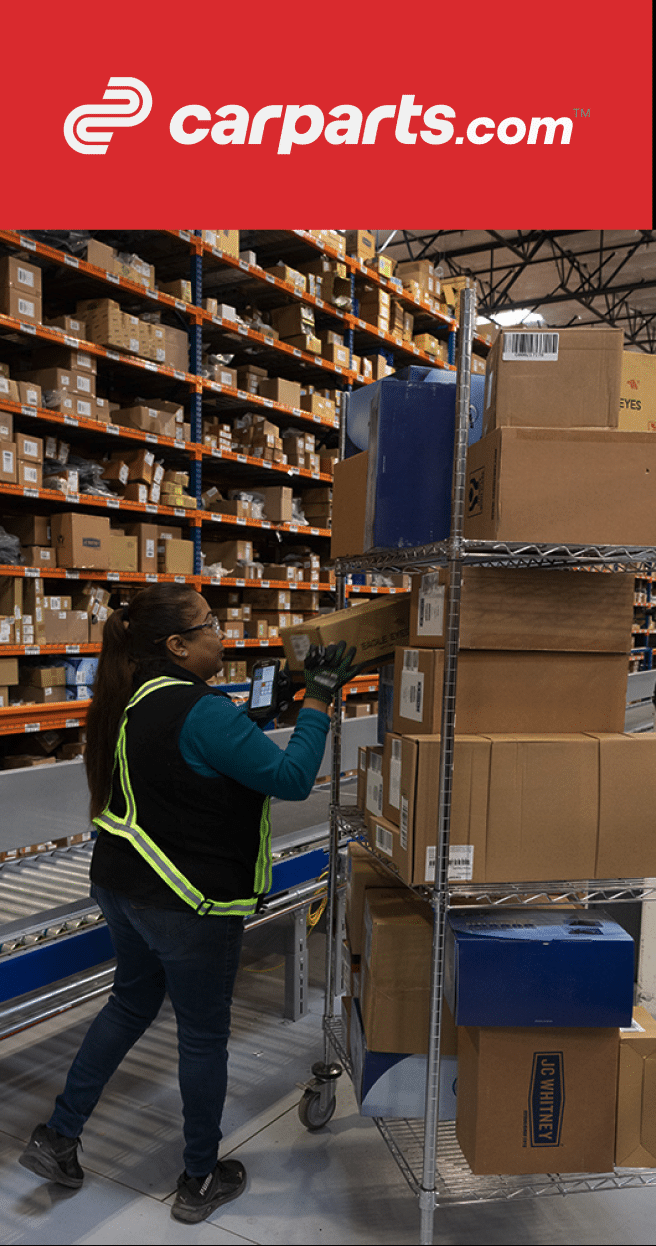
Welcome to the second installment in our series on the history of warehouses. It’s a topic you may have thought would be boring. We think it’s anything but. Warehouses have been the heartbeat of trade and commerce for centuries and are more pivotal today than ever.
Part I began in Ancient Rome and worked its way up to the rise of railroads in the United States. Railroads were like arteries that carried commerce from port cities into the interior, and their storage depots popped up across their routes heading west.
If you managed to pay attention in History class, you may remember that railroads were crucial to America’s western expansion. You may also remember that railroads had a monopoly on the transportation of goods across the country. Manufacturers could either pay their high rates or miss out on selling to a much larger market.
In time, politicians got involved, which resulted in the Interstate Commerce Act of 1887 and the eventual end of the railroads’ monopolies.
One of the lesser-known byproducts of the new regulations was the formation of the American Warehousemen’s Association way back in 1891, a group that successfully challenged the railroads’ control over freight depots and created the commercial warehousing industry in the United States as we know it today.
Early 1900s: More Goods, More Warehouses to Store Them
The 1900s were a time of remarkable achievements that fueled the spread of global commerce. Machine-driven factories allowed for the mass production of consumer goods and breakthroughs in transportation meant the increase in the number of goods for sale could actually reach a market large enough to buy all of them. Those goods could now travel by land, sea, and air to reach more consumers. And everywhere merchandise was shipped, a warehouse had to be waiting.
New industries and manufacturing methods such as the assembly line meant that cars, appliances, and other goods would be produced at an astounding rate in massive factories. This necessitated the use of hand trucks or motorized carts and forklifts to haul heavy parts around.

That led to the introduction in the 1950s of the first automated guided vehicle (or AGVs) designed to carry heavy loads in factories and warehouses. It was essentially a tow truck, but it didn’t require a driver or a fixed rail system. It navigated instead by following a track of wires embedded in the floor that generated a magnetic field. Moving heavy materials along a defined route made the AGV an invaluable workhorse that took over repetitive and often dangerous tasks, allowing workers to focus on more detailed or complex work.
And the fruits of that work, the appliances or toys or electronics produced, were shipped off to warehouses in cities and towns across the country and all over the world.
Mid-Century Modern: Warehouses Grow Up
For centuries, the placement of all types of items in warehouses was done by people. Sure, there was often some kind of manual or mechanical device to help (a hand truck, a motorized cart or an elevator), but it was the job of workers to move inventory into the warehouse for storage, and retrieve it for shipping off to retailers or directly to customers. It was back-breaking, time-consuming and frequently dangerous work. Machines, of course, did improve things, but those machines required people to operate them.
In the 1960s, however, everything changed.
That decade saw the introduction of the first automated storage and retrieval systems (or AS/RS), which were computer-controlled systems that store and retrieve items in warehouses and distribution centers. First designed to handle larger loads on pallets, later versions accommodated smaller items. Automated storage and retrieval systems were (and are) complex and extremely expensive systems, and typically require either massive infrastructure changes or entirely new facilities to accommodate them, but they ushered in the dawn of warehouse automation as we know it.
And then, everything changed again.
Coming up next week—A Brief History of Warehouses: Part III. The dawn of online shopping and the robot revolution.
*Images courtesy of The Brooklyn Historical Society and Siemens
